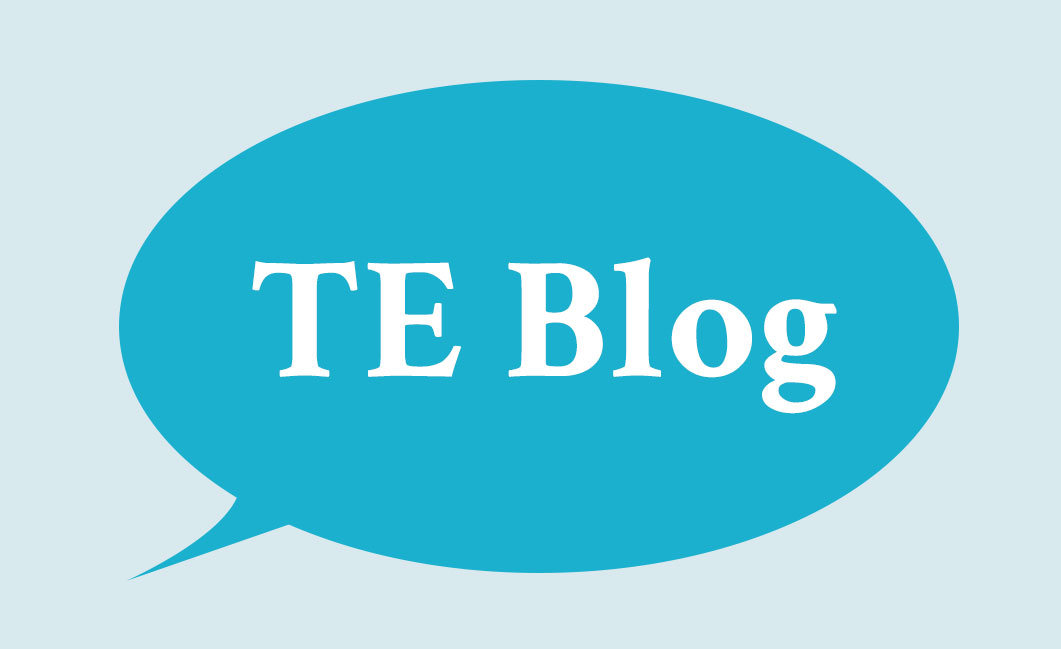Do your research.
No, not the research for your paper (although that’s certainly important, too!). We mean the research on the journals to which you’re submitting. This sounds like a no-brainer, but many, many articles get rejected for the simple fact that they don’t fit with the journal’s purview – and this also tells the editors that you aren’t familiar with the journal or what they publish, which doesn’t bode well. Read widely in your field and related fields, and if you like a journal, read multiple issues of it to get an in-depth sense of what they’re looking for. Read the submission guidelines to see if they have themed issues or if they are specifically looking for certain topics or material.
Follow submission instructions.
This is another one that seems like a no-brainer, but again, you’d be surprised. Follow the directions for submission – every last one, no matter how silly or small or insignificant you think it is. Editors notice these things, and careless submissions or not following directions isn’t professional.
Know the various basic editorial decisions: Reject, Revise & Resubmit, and Accept with Revisions.
When you submit your article, you can expect one of three basic editorial decisions. Here they are, broken down. If your article is rejected, it might be a desk rejection, which is usually the editor and another member of the editorial team having read the article and deciding it’s not a good match for the journal; or a rejection with review, which is when it’s been reviewed by members of the editorial team and has been found lacking in some area or another. In both instances, there will usually be an explanation of why the decision was made.
If you get a revise and resubmit (R&R), it means the editorial team has found some issues with your paper, but with some revisions or changes, it could be publishable. This DOES NOT mean they will definitely publish it. They want you to revise, and if it’s up to par after the revisions and you resubmit, they’ll take another look at it.
Accept with revisions is rare in the first round. What this means is that once you make the requested revisions, they will accept your submission for publication. This usually happens after an R&R. Yes, even after an R&R, you will still likely have to make revisions if they accept it!
Be aware of the DON’Ts.
Knowing the basics is important, but just as important are the things you should not do when submitting – or even contemplating submitting – to an academic or peer-reviewed journal. Here are some things to avoid:
- Never, ever, ever, EVER be rude to an editor or editorial review board member. This should go without saying, but people react badly when their submission is rejected, or they demand special treatment – all of this reflects poorly on you and is highly unprofessional.
- Don’t email the editor with questions or comments right after a rejection. Wait at least a week, reflect on the comments, take time to lick your wounds and recover your pride. Have a trusted colleague review your email before sending it – and even then, think about why you’re really sending it and what you want out of it. Chances are, you’ll decide not to send it.
- Don’t do simultaneous submissions. Submit a paper or article to one journal at a time.
- Don’t submit your article to the editor outside of the submissions process. Follow the directions and guidelines.
Make your submission stand out.
Always write a cover letter (unless it specifies otherwise) to go with your submission, and if possible, get lots of feedback on your paper or article prior to submitting from advisors, research professionals, and colleagues. Submit it to a conference or pay for a professional editor (like Thesis Editor!). You want this to be as polished and complete as it can be – this is not the time for careless oversights or missing pieces of text. A polished, well-written submission is important.
If you’ve started submitting to journals – or are even thinking about submitting – Thesis Editor can help! Our expert editors have been where you are and can provide valuable advice about the submission and revision processes, as well as professional editing, formatting, and consultations on how to make your work the best it can be. Contact us today to learn more about how we can be of assistance!
< Self-Care During COVID-19 EndNote: An Introduction >
